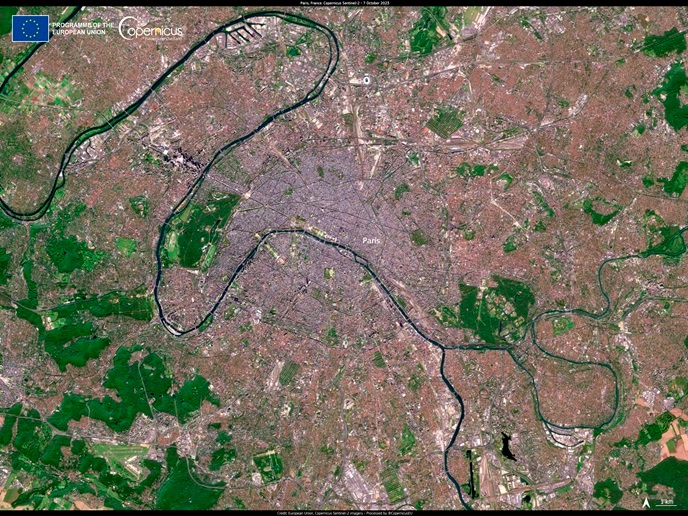Improved software for calculating solar irradiance
Photovoltaic (PV) cells convert sunlight into electricity and represent one of the leading renewable sources of energy today. However, proper estimation of the output of PV cells requires input regarding incident solar radiation, which is often difficult to obtain. The launch of Meteosat Second Generation (MSG) satellites into Earth's orbit presented an opportunity to improve upon previous methods of calculating the Sun's intensity at the surface. Building on previous research in this field, the University of Oldenburg led four other organisations in a new research project entitled PVSAT-2. Software was created to calculate direct and diffuse irradiance every hour using a new scheme developed during Heliosat3. In addition to satellite data, ground-based measurements were also incorporated to boost accuracy. Application of the kriging of differences technique to the surface data helped significantly reduce the root mean square error (RMSE). The new software not only increases the accuracy of the irradiance calculations but also improves fault detection. The level of accuracy is also linked to the application's automated performance assessment mechanism. Finally, information about meteorological conditions is used to provide further insight into the quality of the software's output.







